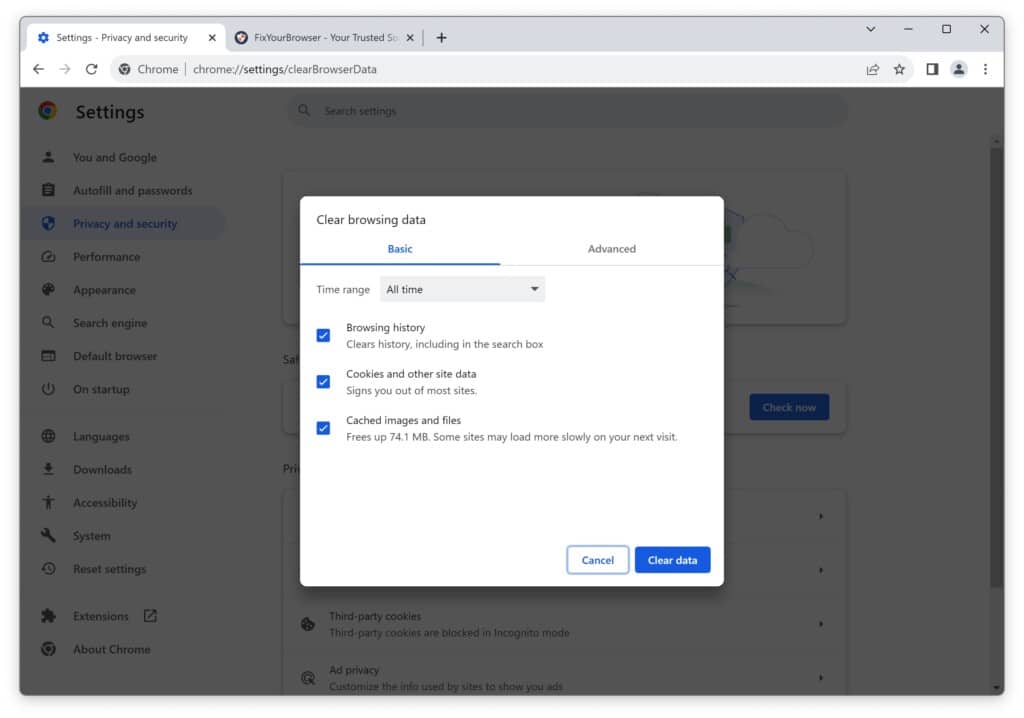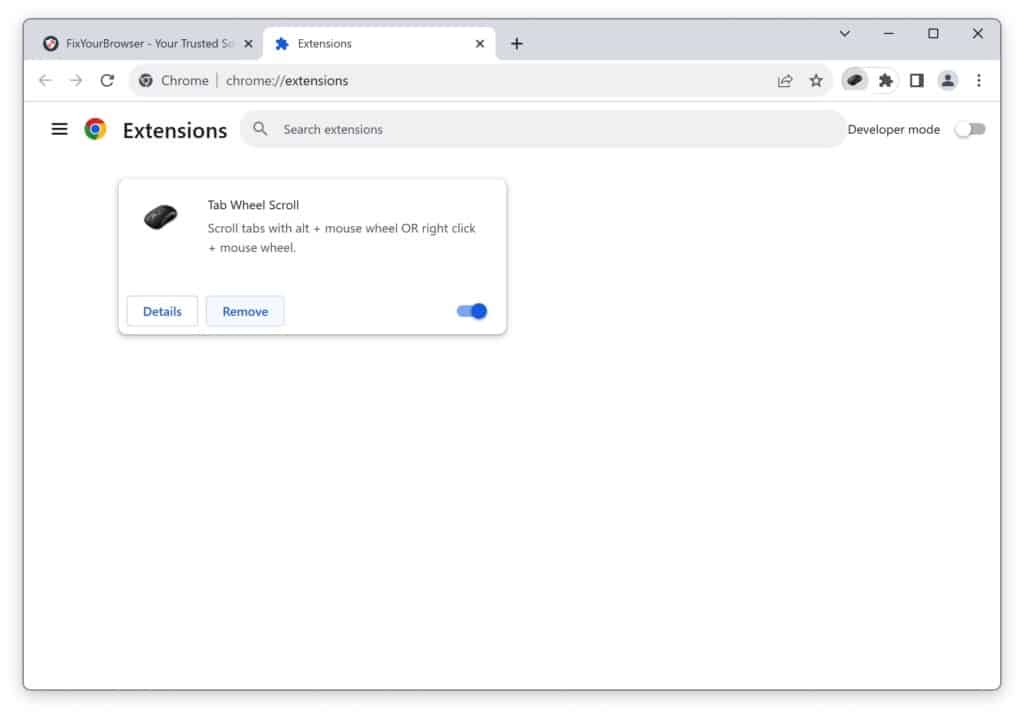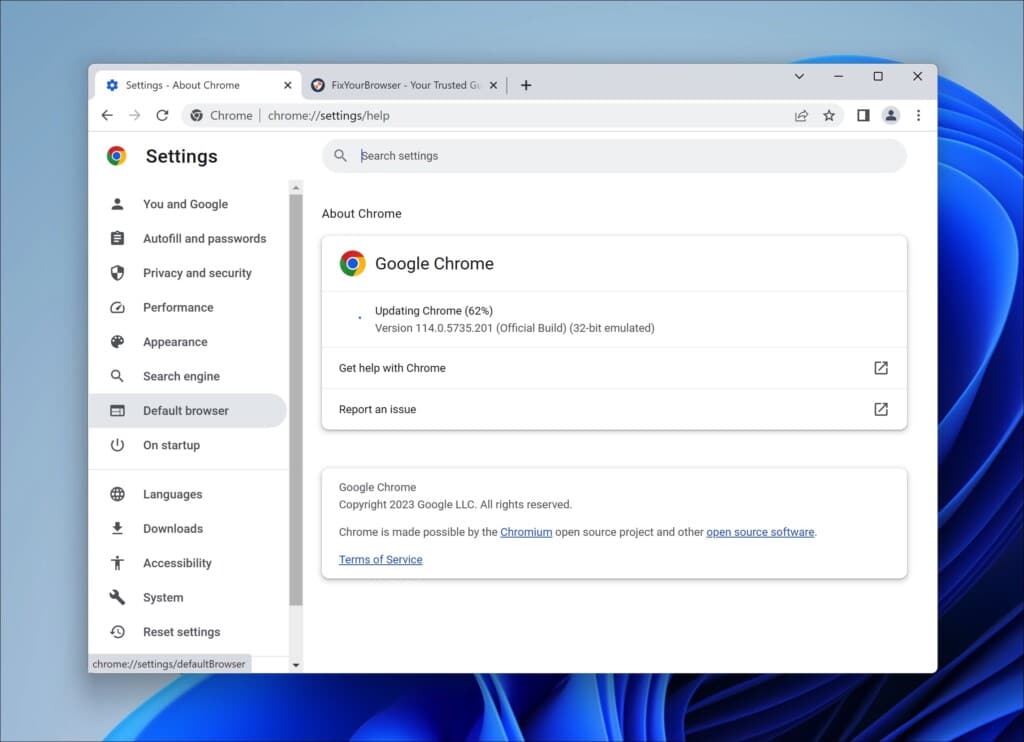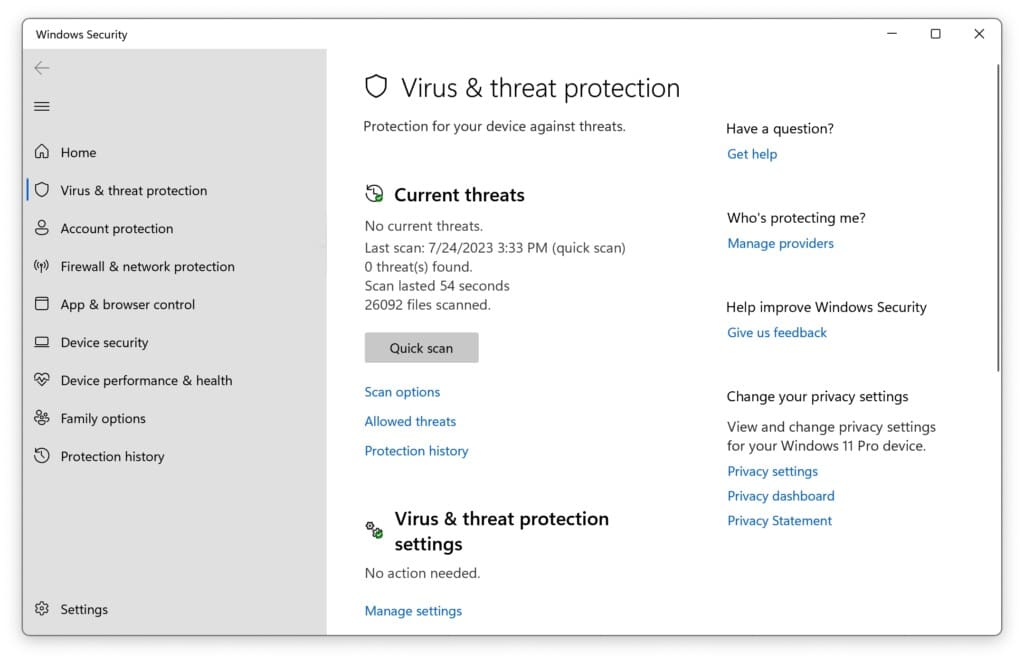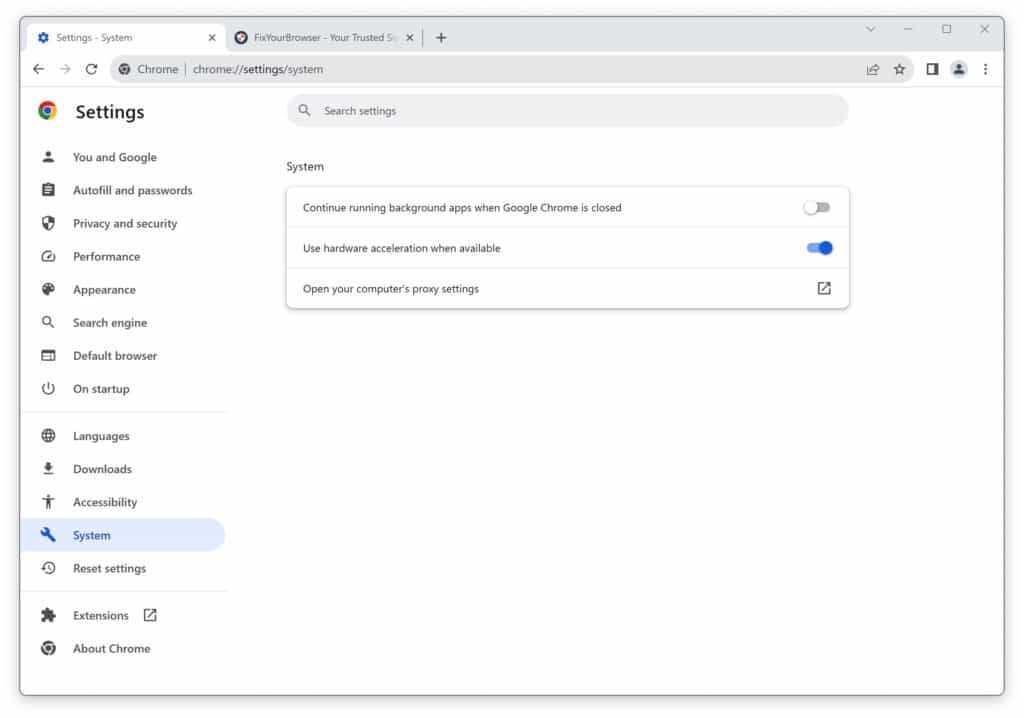Are you frustrated with Google Chrome running slow? Don’t worry. I’ve got you covered! As an experienced writer and expert in crafting engaging blog posts, I understand the importance of addressing common user concerns. So, why is Chrome so slow? Several factors can contribute to this issue.
Firstly, having multiple open tabs can overload Chrome’s resources and slow it down. A cache of temporary internet files that haven’t been cleared or harmful cookies can also impact its performance. Outdated apps or specific add-ons/extensions can further contribute to the sluggishness. And let’s not forget about the possibility of a virus or malware lurking in the background. Lastly, a weak internet signal can also be a culprit.
But don’t worry. There are steps you can take to speed up Chrome! Simple actions such as closing unnecessary tabs, updating the browser to the latest version, and removing unwanted extensions can make a big difference. Clearing cookies and cache, and even doing a browser reset if necessary, can also help. So, let’s dive into the details and fix your slow Chrome together!
Causes of Slow Performance in Google Chrome
Google Chrome is a popular web browser known for its speed and efficiency. However, several factors can contribute to its slow performance. Let’s explore some of the common causes and how to address them.
Multiple open tabs
Having too many tabs open at once can strain the browser’s resources and slow down its performance. Consider closing unnecessary tabs and keeping only the ones you need to speed things up.
The cache of temporary internet files
Over time, Chrome accumulates temporary internet files, also known as cache, which can take up valuable space and affect its speed. Clearing the cache regularly can help improve performance. You can do this by clicking the three vertical dots in the top right corner, selecting “More tools,” and then clicking “Clear browsing data.”
Here are the steps in more detail:
- Open Google Chrome.
- Click on the three vertical dots in the top right corner of the browser window. This is the main menu for Google Chrome.
- From the dropdown menu, hover over “More tools”. A submenu will appear to the side.
- Click on “Clear browsing data” from the submenu. This will open a new tab or window with the “Clear browsing data” dialog.
- You’ll see a Basic and Advanced tab in the “Clear browsing data” dialog. You can choose either depending on what you want to clear:
- Under the Basic tab: Choose a time range from the dropdown (e.g., “Last 24 hours”, “Last 7 days”, “All time”). Ensure that the “Cached images and files” checkbox is selected. You can uncheck other options if you only want to clear the cache.
- Under the Advanced tab: Similarly, choose a time range and ensure that the “Cached images and files” checkbox is selected. This tab gives you more options to clear additional types of data.
- After selecting your desired options, click the “Clear data” button.
- Once complete, you can close the “Clear browsing data” tab or window.
Harmful cookies
Certain cookies can be harmful and may impact Chrome’s performance. Clearing cookies can help resolve this issue. To do so, enter “chrome://history” in the search bar, click “Clear browsing data,” and ensure that “Browsing history” is checked.
Here are the steps in more detail:
- Open Google Chrome.
- Click on the three vertical dots in the upper right corner of the browser window to open the main menu.
- From the dropdown menu, select “Settings”.
- Scroll down and click on “Privacy and security”.
- Click on “Clear browsing data”.
- A dialog box will appear with two tabs: Basic and Advanced.
- Under the Basic tab:
- Choose the time range from the dropdown menu (e.g., “Last 24 hours”, “Last 7 days”, “All time”).
- Ensure that the “Cookies and other site data” checkbox is selected. You can uncheck the other options if you only want to clear cookies.
- Under the Advanced tab:
- Similarly, choose a time range.
- Ensure the checkbox for “Cookies and other site data” is selected. Here, you have more options to clear additional data types.
- Under the Basic tab:
- After making your selections, click the “Clear data” button.
- Once the process is complete, you can close the “Clear browsing data” window.
Add-ons or extensions
While add-ons and extensions can enhance your browsing experience, some may be poorly optimized or outdated, causing Chrome to slow down. Deleting unnecessary extensions can help improve performance. Open Chrome, enter “chrome://extensions” in the search bar, and click “Remove” on the extension you want to delete.
Here are the steps in more detail:
- Open Google Chrome.
- Click on the three vertical dots in the upper right corner of the browser window to open the main menu.
- Hover over “More tools” in the dropdown menu.
- Select “Extensions” from the submenu. This will open a new tab showing all of your installed extensions.
- Here, you’ll see a list of all the extensions you have installed in Chrome.
- For each extension you wish to remove:
- Click on the “Remove” button.
- A confirmation dialog will pop up. Click “Remove” again to confirm.
- After removing the desired extensions, you can close the “Extensions” tab.
Outdated apps
Using outdated Chrome apps can also contribute to slow performance. Make sure to update Chrome regularly by clicking the three vertical dots in the top right corner and selecting “Update Google Chrome” if available.
Here are the steps in more detail:
- Open Google Chrome.
- Click on the three vertical dots in the upper right corner of the browser window to open the main menu.
- Hover over “Help” at the bottom of the dropdown menu.
- Select “About Google Chrome” from the submenu. This will open a new tab.
- In the new tab, Chrome will automatically check for updates. If an update is available, it will begin downloading.
- Once the update is downloaded, you might see a button or prompt to “Relaunch” or “Restart” the browser. Click on it to complete the update process.
- If your browser is already up to date, you’ll see a message stating that Google Chrome is up to date.
Virus or malware
Malware or viruses can significantly impact Chrome’s speed and overall performance. Running a reliable antivirus scan can help detect and remove any malicious software.
Here is how to run a scan with Windows Defender antivirus in Windows 11 or 10.
- Press the Windows key, type Windows Security, and select it from the list.
- On the leading Windows Security screen, click on Virus & Threat Protection to go to the Virus and Threat Protection section.
- Under the “Current threats” section, you’ll find a link named Scan Options. Click on it.
- You’ll see different scan options, such as:
- Quick scan
- Full scan
- Custom scan
- Windows Defender Offline scan
Please choose the one that you prefer by clicking on the radio button beside it.
- After selecting the scan type, click the Scan Now button to initiate the scan process.
Weak internet signal
A weak internet signal can cause websites to load slowly and affect Chrome’s performance. If you’re experiencing slow browsing speed, try moving closer to your router or restarting your modem to improve the signal strength.
Adding Download Speed Extensions
Consider adding download speed extensions like OneTab to improve your browsing speed further. These extensions help optimize how your browser handles downloads, resulting in faster loading times and smoother browsing.
Enable hardware acceleration
Chrome’s hardware acceleration feature optimizes memory usage and enhances overall performance. By enabling this feature, you can reduce the amount of RAM that Chrome consumes, which can be particularly beneficial if you have limited system resources. To enable hardware acceleration in Chrome, follow these steps:
- Click on the three dots in the top-right corner of the browser.
- Go to “Settings”.
- Under the “System” section, toggle the “Use hardware acceleration when available” option.
- Restart the browser to apply the changes.
Check for ISP Fluctuations
At times, the reason for Chrome’s slow loading speed may not be your device but external factors. Variabilities with your Internet Service Provider (ISP) can influence the reliability and pace of your internet, which in turn can affect Chrome’s efficiency.
If you believe your ISP might be the issue, contact them to discuss potential network concerns or conduct a speed test. Maintaining a consistent and dependable internet connection can reduce the likelihood of Chrome taking longer to load pages.
Try a Downgraded Version
In rare cases, a specific version of Google Chrome may have compatibility issues with your device or the websites you visit. If you’ve recently updated Chrome and noticed a decline in loading, it might be worth trying a downgraded version. You can test if the slow loading issue persists by reverting to a previous release. Remember to back up your bookmarks and essential data before uninstalling and installing a different version of Chrome.
Here, you can download old Google Chrome releases.
Reinstall Chrome
Occasionally, a particular version of Google Chrome might not be fully compatible with your device or specific websites. If you’ve just updated Chrome and observed slower loading times, rolling back to an earlier version might be beneficial. To see if the slow loading continues, try using a prior release. Ensure you save your bookmarks and crucial data before removing the current version and installing a different one.
Consider using alternatives
If Google Chrome isn’t performing up to par, it’s worth exploring other browser options. Chrome is often criticized for consuming significant resources, particularly with many tabs open. This can bog down other apps and your whole system, especially on devices with limited RAM.
Other browsers may be better optimized or possess features that curtail such extensive resource use. Additionally, various browsers employ different engines for displaying web content. For instance, while Chrome utilizes Blink, Firefox employs Gecko, and WebKit powers Safari. Sometimes, certain engines may handle specific content or sites more efficiently.
Privacy is another consideration. Chrome’s data collection approach raises eyebrows for some. In contrast, several alternative browsers emphasize user privacy, incorporating tools to thwart trackers or limit data exchanges with third parties. Such tools can boost privacy and speed, as reducing trackers and ads accelerates webpage loading.
Also, diversifying browser use can ramp up security. Some browsers might be resistant to specific vulnerabilities or are quicker to address new security concerns. Additionally, alternative options might bring distinctive features or user experiences to the table, allowing for more personalization, improved ecosystem compatibility, or a novel aesthetic. Making a switch might rejuvenate and enhance your browsing journey.
Here is a list of alternatives for Google Chrome.
Mozilla Firefox
Mozilla Firefox is a popular open-source browser offering various features and customization options. Unlike Chrome, Firefox is known for its efficient memory management and low resource consumption. This can result in improved page loading speed and overall performance.
Additionally, Firefox strongly emphasizes privacy and security, with features like Enhanced Tracking Protection and optional DNS encryption.
Microsoft Edge
Microsoft Edge, the successor to Internet Explorer, has significantly improved recently. Built on the Chromium engine, Edge offers a familiar interface and seamless integration with Windows 11 and 10.
It boasts better compatibility with websites and web applications, which can contribute to faster page loading times. Edge also includes features like built-in tracking prevention and a password manager for enhanced security.
Opera Browser
Opera is a lesser-known but feature-rich browser that prides itself on speed and efficiency. It utilizes a unique feature called Opera Turbo, which compresses web pages to reduce data usage and accelerate loading times, making it an excellent choice for users with limited internet connectivity.
Opera also offers a built-in ad blocker, a free VPN for added privacy, and a customizable sidebar for quick access to bookmarks and messaging apps.
Apple Safari
For Mac and iOS users, Apple Safari is the default browser that comes pre-installed on their devices. Safari is optimized for Apple’s ecosystem and is known for its speed and energy efficiency. It leverages hardware acceleration and advanced caching techniques to deliver swift page loading and smooth scrolling. Safari also prioritizes user privacy with features like Intelligent Tracking Prevention and protection against harmful websites.
By addressing these potential causes of slow performance, you can optimize your experience with Google Chrome and enjoy faster browsing speeds. I hope this helped. Thank you for reading!



